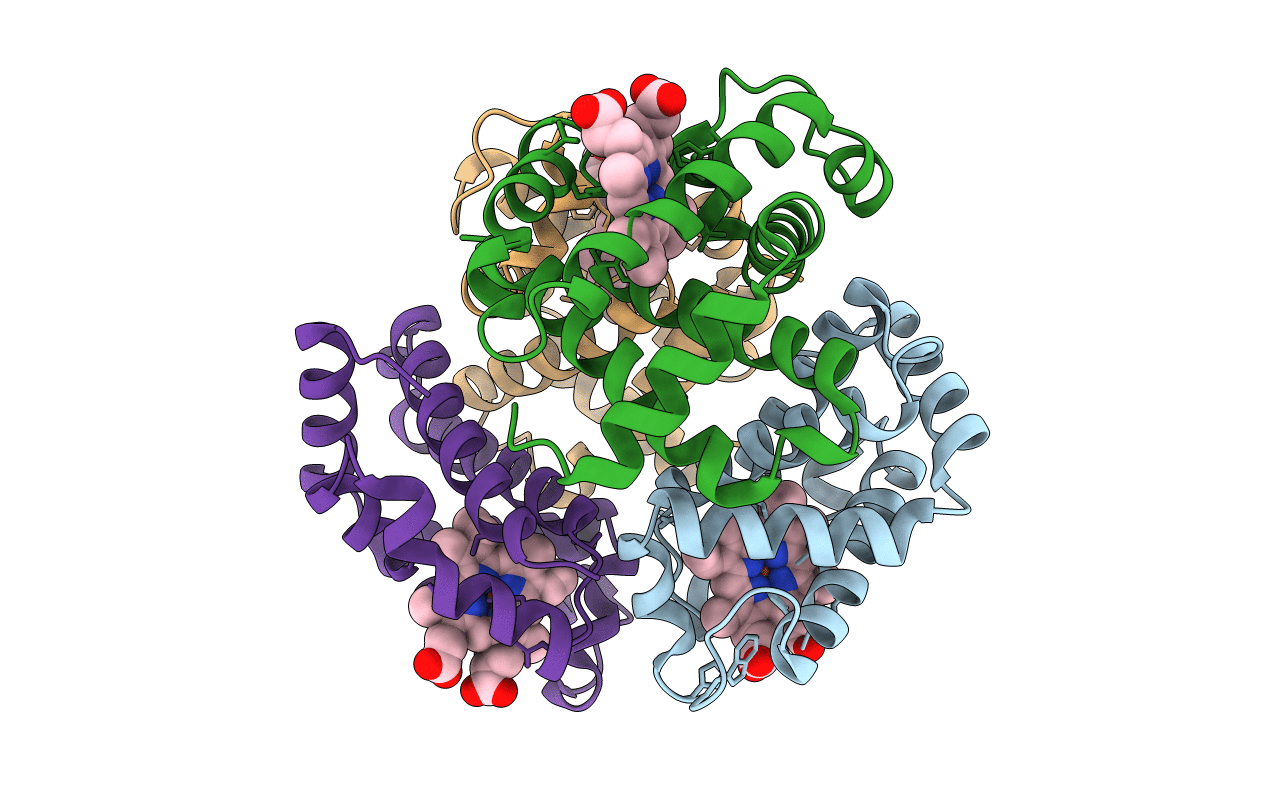
Deposition Date
2006-06-07
Release Date
2006-08-29
Last Version Date
2024-11-20
Entry Detail
PDB ID:
2H8F
Keywords:
Title:
Crystal structure of deoxy hemoglobin from Trematomus bernacchii at pH 6.2
Biological Source:
Source Organism:
Trematomus bernacchii (Taxon ID: 40690)
Method Details:
Experimental Method:
Resolution:
1.30 Å
R-Value Free:
0.17
R-Value Work:
0.15
R-Value Observed:
0.15
Space Group:
P 1 21 1


